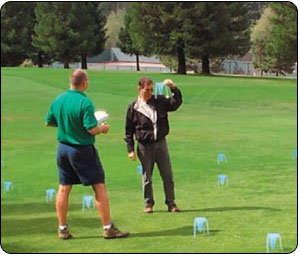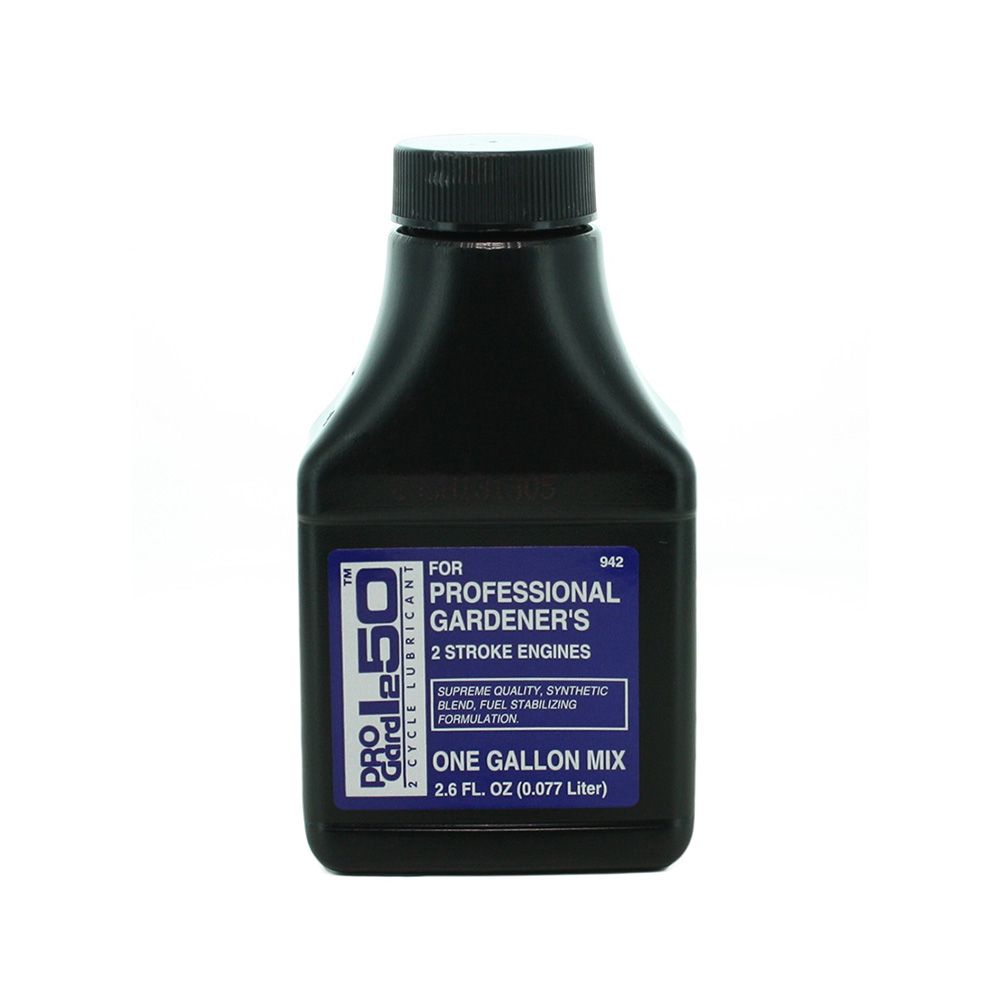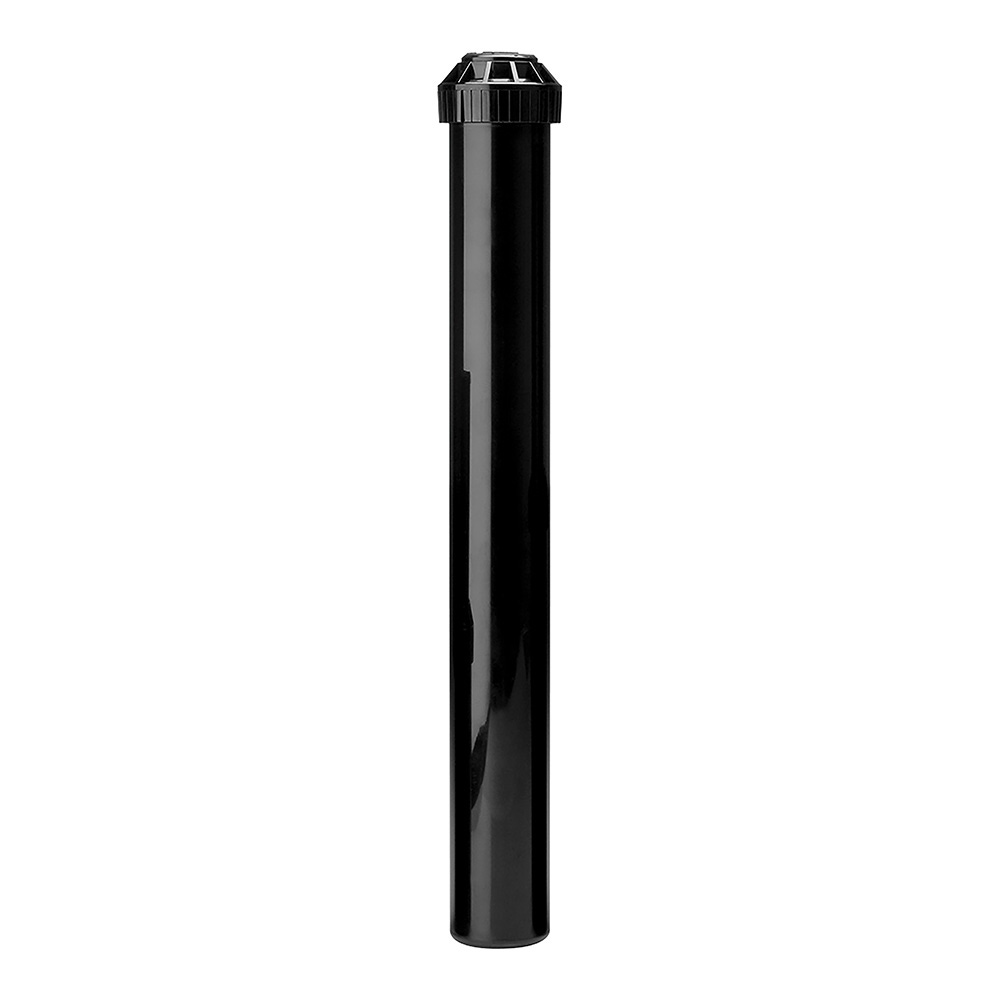Top 2 Methods To Calculate Precipitation Rate
This article talks about how to calculate the precipitation rate. There are two ways to determine the precipitation rate (the rate at which sprinklers deliver water). The first method is to physically measure the water being delivered to your lawn. The second method is to refer to manufacturer performance charts for your specific sprinkler.
Option One: Physically Measuring
Physically measuring using cups is a very simple method. You can either purchase a water-auditing cup (sometimes called a catch-can), a rain gauge or use any non-tapered cup or can. Start by setting the cup in the zone you want to test. Be sure to place it within reach of the sprinklers. Run that zone for several minutes- we recommend 5, 10, or 15 minutes. Five minutes is the minimum amount of time you should run the zone while longer periods of time will give you a more accurate reading.
After the time is up, retrieve the can and check the water level. A rain gauge or catch-can will have measurements indicating the amount of water caught. In contrast, if you used a cup or can, you will have to measure the water level with a ruler. Rain gauges typically measure in tenths of inches; rulers measure eighths, quarters, and halves. Similarly, you will have to calculate inches per hour based on the amount of water you gathered during the 5, 10, or 15-minute period you ran the zone.

For example, if you collected a tenth of an inch in a 10-minute watering period, your sprinklers are delivering a little more than half an inch per hour (6/10 or 3/5 of an inch per hour, exactly). Therefore, In order to deliver one inch of water, your sprinklers would have to run for 100 minutes (one hour and forty minutes).
In order to deliver one inch of water, your sprinklers would have to run for 100 minutes (one hour and forty minutes).
When you are measuring each zone, it is best to place multiple catch-cans in that zone. This will allow you to make sure water is being evenly distributed across the zone.
Option Two: Using Manufacturer Performance Charts
Another method would be to physically measure the water your sprinklers are delivering is to refer to the manufacturer’s performance charts and apply the precipitation rate formula. This is called the Total Area Method. This method is best for determining the average precipitation rate of a system, or part of a system, where arcs, flow rates, and spacing varies from zone to zone.
Total Area Method Formula:
Pr = 96.25 X Total GPM
Total Area
Formula Explained:
Pr – Precipitation rate in inches per hour.
96.25 – A constant that converts gallons per minute (GPM) to inches per hour. It is derived from 60 minutes per hour divided by 7.48 gallons per cubic foot. times 12 inches per foot.
Total GPM – The cumulative flow from all sprinklers in the specified area, in gallons per minute (refer to sprinkler charts)
Total Area – The area being irrigated, in square feet.
(Note: This Formula Comes From Precipitation Rates And Sprinkler Irrigation – Student Manual, (3/6/96) Courtesy Of Hunter Industries, San Marcos, CA.)
Example:
An area of 1000 square feet is receiving a total of 10 gallons per minute. Therefore, using the precipitation rate formula, we can determine the precipitation rate as follows:
Pr = 96.25 x Total GPM
Total Area
= 96.25 x 10
1000
= .96 in./hr.






























